Lomo LC-A+ vs. Olympus XA - A Lomographic Perspective
36 44 Share TweetI compare and contrast these two famed cameras from a Lomographic perspective. Thinking about which camera is best for following the Ten Golden Rules helps us see things in a different way.

Motivation
I wanted to write a review about the Olympus XA. However, this camera has been thoroughly reviewed on the Lomography.com site (four reviews) and elsewhere. However, the question comes up often about whether or not a particular camera is a good substitute for the LOMO LC-A+, so I decided it might be more interesting to do a sort of double review comparing and contrasting these two cameras specifically from a “lomographic” perspective. A much better comparison would be the original LOMO LC-A and the Olympus XA2, but I only had access to an LC-A+ and an XA, so that’s what I used.
Why this isn’t a Good Comparison
- The XA has an aperture priority auto-exposure system. The LC-A+ has a programmed fully-auto exposure system.
- The XA has an excellent six element lens. The LC-A+ has a “quirky” three element lens.
- The XA was designed as a high-end precision camera. The LC-A+ was designed as an affordable camera for the masses.
- The XA2 is a better choice for comparing to the LC-A+.
Why this is a Good Comparison
- These cameras came out at about the same time.
- These cameras are ultra compact 35mm cameras designed to be used in about the same way.
- These cameras have nearly the same focal length – 35mm for the XA and 32mm for the LC-A+.
- These cameras both have a maximum shutter speed of 1/500".
- These cameras both have an aperture range of f/2.8 to f/22.
- Both of these cameras were the top of the line compact 35mm cameras for the company at the time that they came out. Of course, Olympus went on to make more sophisticated compact 35mm cameras, but LOMO didn’t. The LC-A+ is pretty much the magnum opus for LOMO in terms of compact 35s.
- These cameras are nearly the same size and shape.
- Lots of people try to convince prospective LC-A+ buyers that they should buy an XA (or XA2) instead because it’s a “better” camera.
- I had access to an XA and not an XA2.
What is Lomography?
Before I can talk about the XA from a “lomographic” perspective, I have to define exactly what I mean by that. This is actually a difficult task. Some people think that lomography is defined by the type of camera you use. Certainly, this portmanteau coined by the good folks at The Lomographic Society, implies the use of LOMO branded cameras, but lomography has grown well beyond it’s seminal boundaries to embrace everything from one dollar (U.S.) cameras to multi-thousand dollar digital (shock!) cameras. The idea that you can only do lomography with a particular brand of camera whether it’s the LOMO brand or a Holga is too restrictive. It would imply that it’s impossible to do lomography with any other brand and that is clearly wrong.
Some people think that lomography is defined by the results you get – regardless of the equipment or techniques you use to achieve those results. They believe that lomography is defined by vignetting, soft edges, “selective” focus, over-saturated or strange colors, informal composition, etc. I think this is the most popular definition of lomography and I will consider these elements in the reviews.
I think there is another, perhaps more important, definition of lomography – one given to us by the folks who invented the term. You would think that they have some say in the matter. The Lomographic Society defines lomography as a style of photography exemplified by adherence to the Ten Golden Rules of Lomography. Let’s take a quick look at the Ten Golden Rules:
- Take your camera everywhere you go
- Use it any time – day and night
- Lomography is not an interference in your life, but part of it
- Try the shot from the hip
- Approach the objects of your lomographic desire as close as possible
- Don’t think (william firebrace)
- Be fast
- You don’t have to know beforehand what you captured on film
- Afterwards either
- Don’t worry about any rules
You may wonder how on Earth the Ten Golden Rules would allow us to review a camera or compare it with another camera from a lomographic perspective. After all, it’s easy to see if one camera produces more vignetting than another or has uneven focus across the picture, but the Ten Golden Rules? Those have to do with how you use the camera. You’ll notice that the Ten Golden Rules don’t mention anything about what kind or brand of camera you should use. They don’t say anything about vignetting, or saturated colors, or the quality of the results. But you can look at each of the rules and ask whether or not a particular camera is well suited for helping you apply that rule. I will be considering these rules while I compare and contrast these cameras as well.
About the Cameras
First, let’s have a quick look at the features of the Olympus XA and the LOMO LC-A+ side by side.
| Feature | Olympus XA | LOMO LC-A+ |
|---|---|---|
| Lens Focal Length | 35mm | 32mm |
| Max. Aperture | f/2.8 | f/2.8 |
| Min. Focusing | .9m | .8m |
| Focusing Style | Coupled Rangefinder | Zone |
| Max. Shutter Speed | 10 – 1/500" | Infinity – 1/500" + “B” |
| Exposure | Aperture-Priority | Fully Automatic |
| Film Speed | 25 – 800 ASA | 100 – 1600 ASA |
| Tripod Threads | Yes | Yes |
| Shutter Release Threads | No | Yes |
| Self Timer | Yes | No |
Now, let’s compare the types of results you might expect from the cameras side by side.
| Result | Olympus XA | LOMO LC-A+ |
|---|---|---|
| Vignetting | Occasional | Occasional |
| Rectilinear Distortion | No | Yes |
| Unnatural Colors | No | Occasional |
Now, let’s see how these different features affect the application of the 10 Golden Rules of Lomography.
#1 Take your camera everywhere you go
Both the XA and the LC-A+ are extremely compact and much lighter than contemporary compact 35s such as the Canon G-III 17. The LC-A+ is lighter than the XA because more parts are made out of plastic. Some people consider this a fault. I consider it a benefit because it makes it easier to take with me everywhere. Both cameras have a separate flash which makes them more compact and convenient to use during the day when you don’t need the flash. Both cameras have a built-in lens protector. Both of these cameras are great for following this golden run, but I give the edge (ever so slight) to the LC-A+ because it’s lighter than the XA.
#2 Use it any time – day and night
To follow this rule, a camera needs at least one of two things – support for a flash, and/or excellent low-light performance. Both the XA and the LC-A+ have support for a flash. The XA uses a proprietary flash. The most commonly found model, the A11, is a bit underpowered. The LC-A+ provides a standard hot shoe which means you can use any standard hot shoe flash. The XA supports a maximum film speed of 800 ASA, supports a maximum exposure time of 10 seconds, and includes threads for a tripod. It doesn’t include threads for a shutter release cable, but it does have an automatic timer. The LC-A+ supports film up to 1600 ASA, supports a maximum exposure time of “very long”, includes threads for a tripod and threads for a shutter release cable. The LC-A+ is, in fact, a long exposure monster. Focusing at night can be tricky with the XA because it’s difficult to see the images in a rangefinder and it’s difficult to see the numbers on the focusing ring. Focusing at night is easy with the LC-A+ because of the zone focusing detentes. Because of the standard hot-shoe flash which can support syncing with very powerful flashes and easy strobist techniques, and because of the LC-A+’s support for fast film and very long exposures, and because the LC-A+ is easier to focus at night, I think the LC-A+ is the clear winner with respect to rule #2.
#3 Lomography is not an interference in your life, but part of it
Both cameras work well with this rule.
#4 Try the shot from the hip
Wide angel lenses make it easier to compose without looking through the viewfinder. The wider the lens, the easier it is to include the subject in the frame when you point the camera in it’s general direction. Wider-angle lenses also give you a greater depth of field which makes focusing easier. The LC-A+ has a slightly wider-angle lens, so I give it a slight edge over the XA with respect to this rule.
#5 Approach the objects of your lomographic desire as close as possible
The LC-A+ has a closer focusing distance and a wider-angle lens than the XA which makes it easier to get closer to the objects of your lomographic desire. The edge goes to the LC-A+.
#6 Don’t think (william firebrace)
The LC-A+ has fully automatic exposure. The XA has aperture-priority exposure which means you have to pay attention to an exposure needle in the rangefinder to get the right exposure. You also have to work harder at focusing. You definitely have to think less with the LC-A+.
#7 Be fast
The fully automatic exposure and fast zone focusing make the LC-A+ a faster camera. I found myself fidgeting a lot with the XA. The LC-A+ is faster. Support for faster film makes it literally faster.
#8 You don’t have to know beforehand what you captured on film
Both camera work well here.
#9 Afterwards either
Both cameras work well with this rule too.
#10 Don’t worry about any rules
Both cameras work equally well with this rule too.
Summary of Technical Comparison
With respect to the Ten Golden Rules of Lomography, the LC-A+ has the edge in most of them even though the XA is technically a “better” camera. Whether it was a conscious, scientific decision or not, I think that’s why the original Lomographers first settled on this as their weapon of choice. But, the proof is in the pudding, isn’t it?
Results
I loaded an XA and an LC-A+ with the same film – Klick MAX 200, then Fuji Superia X-TRA 400 and shot some pics for side by side comparison. I did as little digital processing as possible on these pictures. The differences in the results are fairly consistent. I started by taking some daylight shots under various lighting conditions. Then, I did some flash and available light shots with the 400 ASA film. I also did one shot to compare the bokeh of the two cameras. I would have really preferred to compare the XA2 to the LC-A+ because it’s closer in capabilities and specs, but alas, I only had an XA to do the comparison. In some ways this is not a fair comparison. The LC-A+ has a fully automatic exposure system. The XA has an aperture priority system. Still, I think the test results are interesting. I hope you do too.
LOMO LC-A+, Film: Klick Max 200
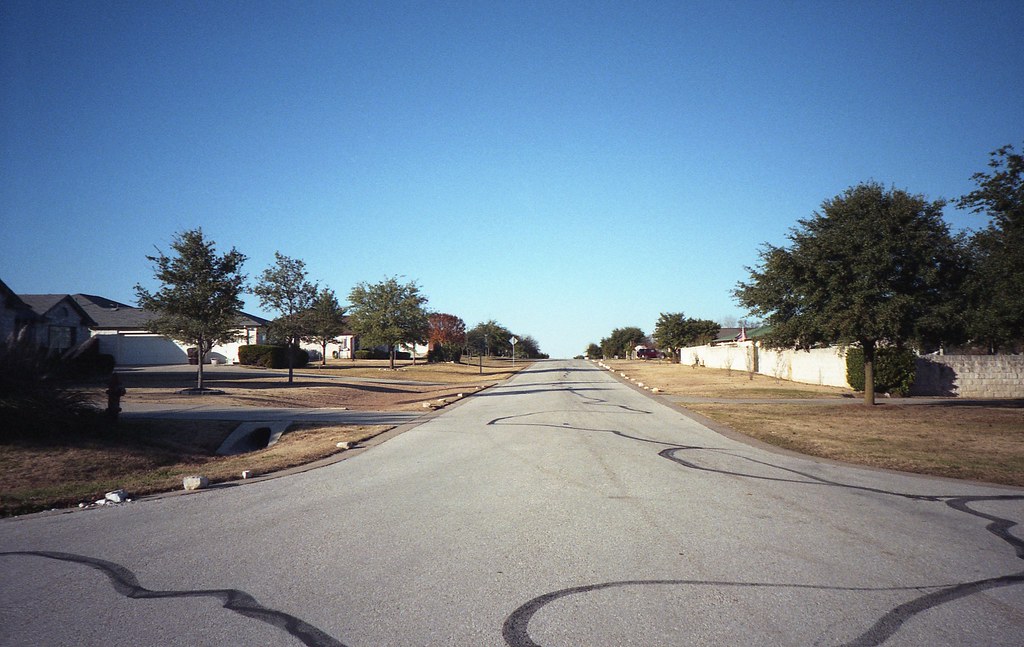
Olympus XA, Aperture: 5.6, Film: Klick Max 200
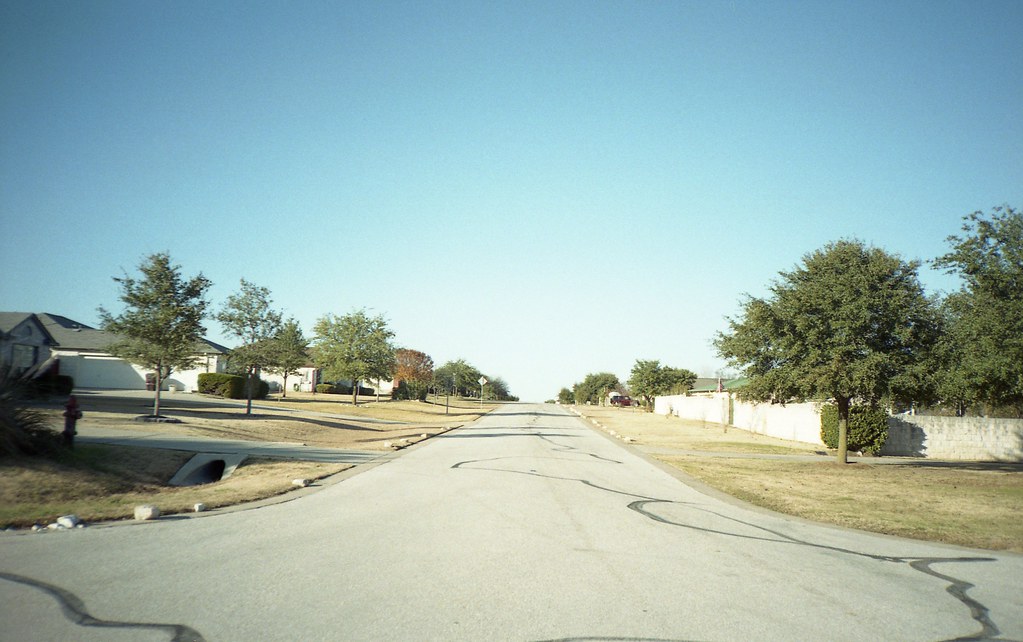
I started with some shots of my street. You’ll notice that the slightly wider lens of the LC-A+ picks up a bit more stuff as expected. You’ll also notice a difference in the rendering of the colors and the stronger vignetting of the LC-A+. Interestingly, the vignetting on the XA is fairly marked as well. As with all my daytime shots, the LC-A+ chose some unknown aperture and I manually selected an aperture of 5.6 for the XA. The sky was bright and clear and the shadows were well defined.
LOMO LC-A+, Film: Klick Max 200
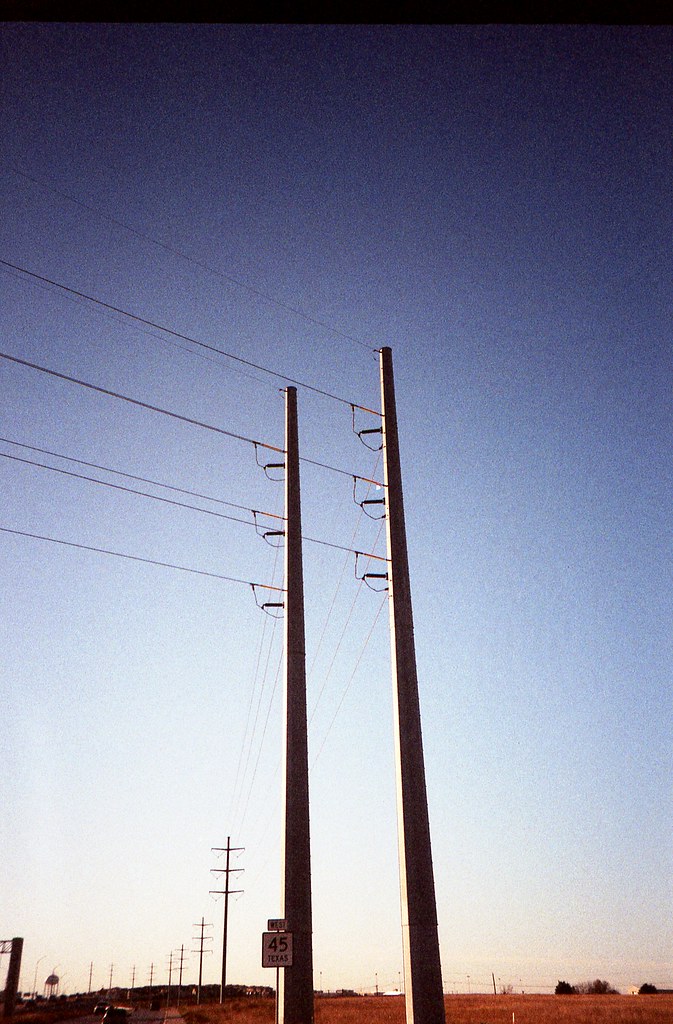
Olympus XA, Aperture: 5.6, Film: Klick Max 200
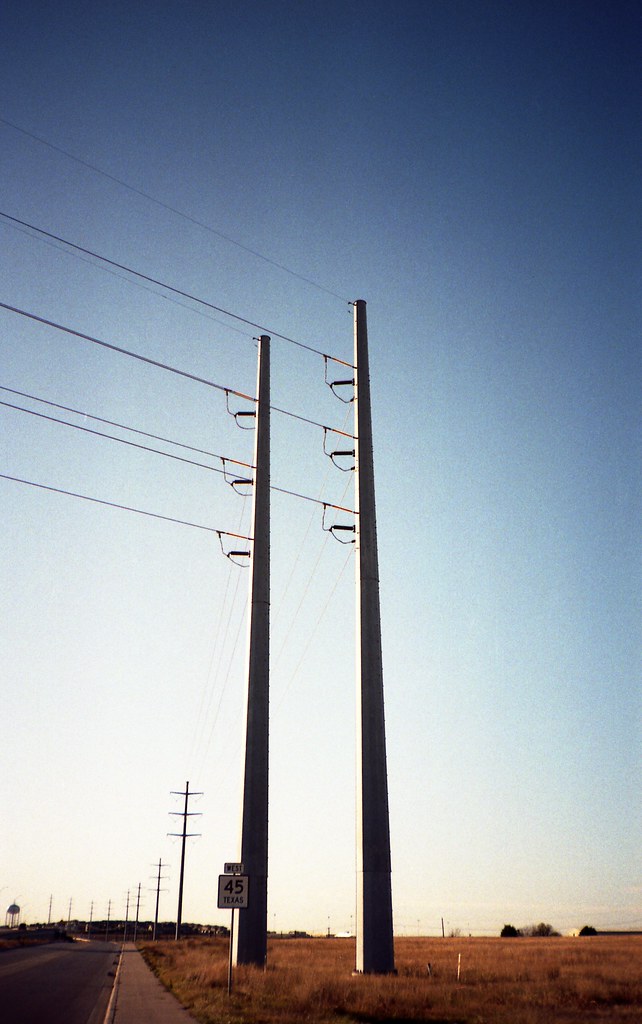
Even thought I aimed a little high and cut off the bottom of the poles with the LC-A+, you can see the slightly wider lens of the LC-A+ pulling in a bit more stuff at the sides of the picture. Again, the LC-A+ vignetting is stronger. It’s almost completely black at the very top, but the vignetting on the XA is pretty strong too. Both cameras picked up the writing on the street sign even though it’s very strongly back-lit.
LOMO LC-A+, Klick Max 200

Olympus XA, Aperture 5.6, Klick Max 200
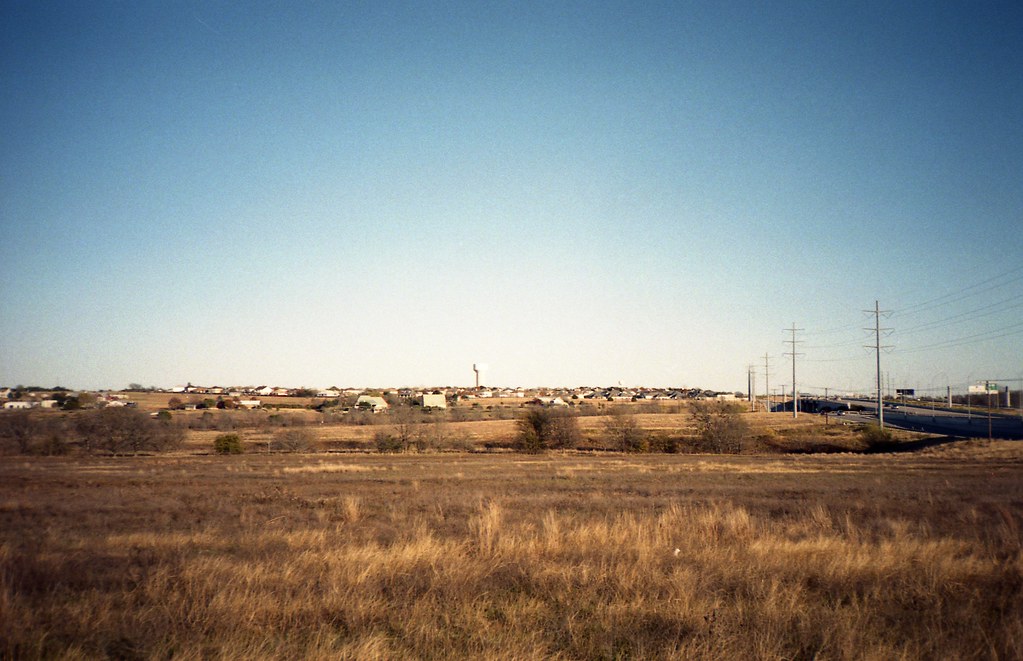
LOMO LC-A+, Film: Klick Max 200
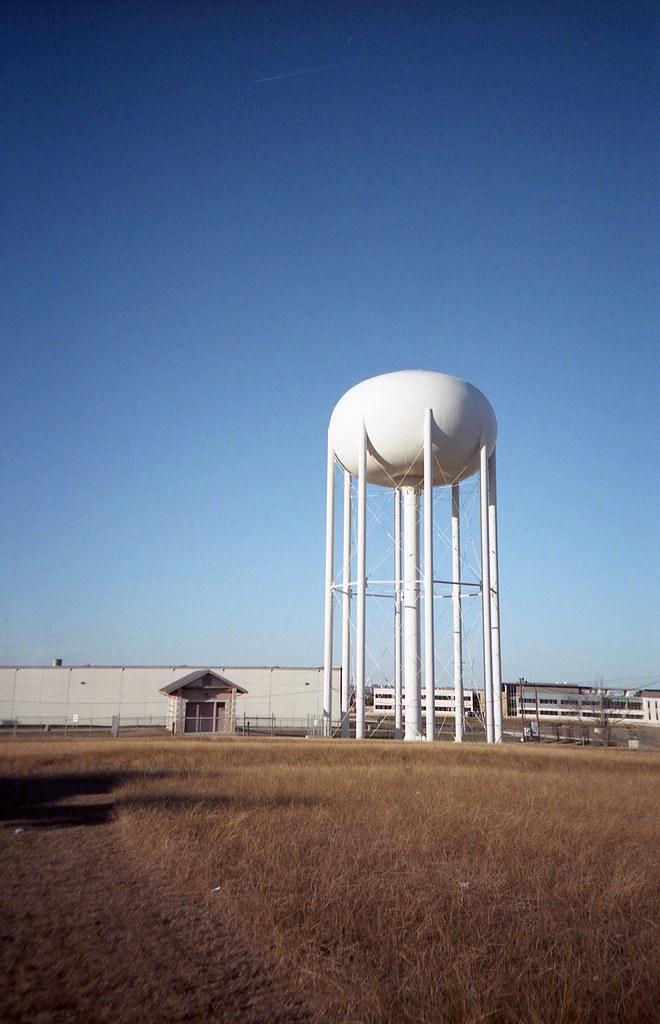
Olympus XA, Aperture 5.6, Film: Klick Max 200

LOMO LC-A+, Film: Klick Max 200

Olympus XA, Aperture 5.6, Film: Klick Max 200
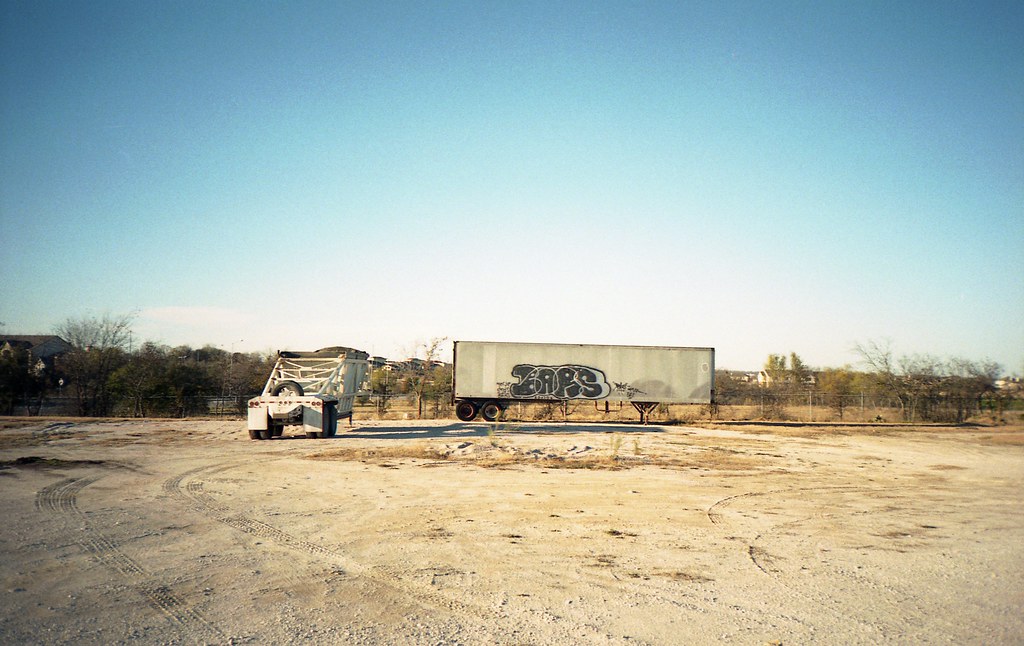
LOMO LC-A+, Film: Klick Max 200
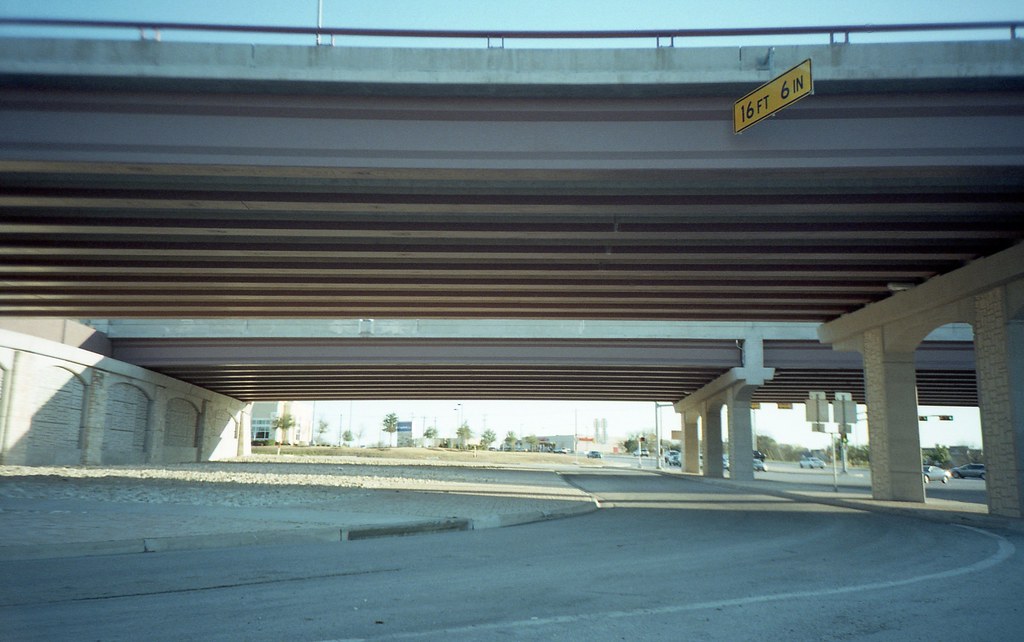
Olympus XA, Aperture 5.6, Film: Klick Max 200

Both cameras handled this tricky lighting situation pretty well, but the LC-A+’s tendency toward curvilinear distortion is very noticeable here compared to the XA whose lines are pin straight. In particular, notice the rail at the very top.
LOMO LC-A+, Film: Klick Max 200
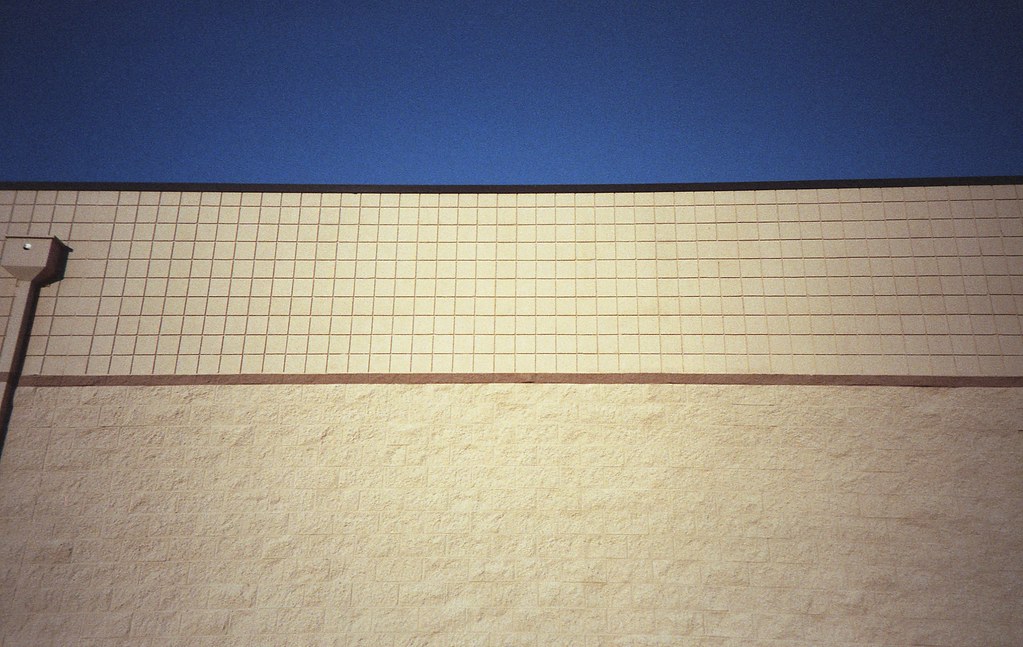
Olympus XA, Aperture 5.6, Film: Klick Max 200
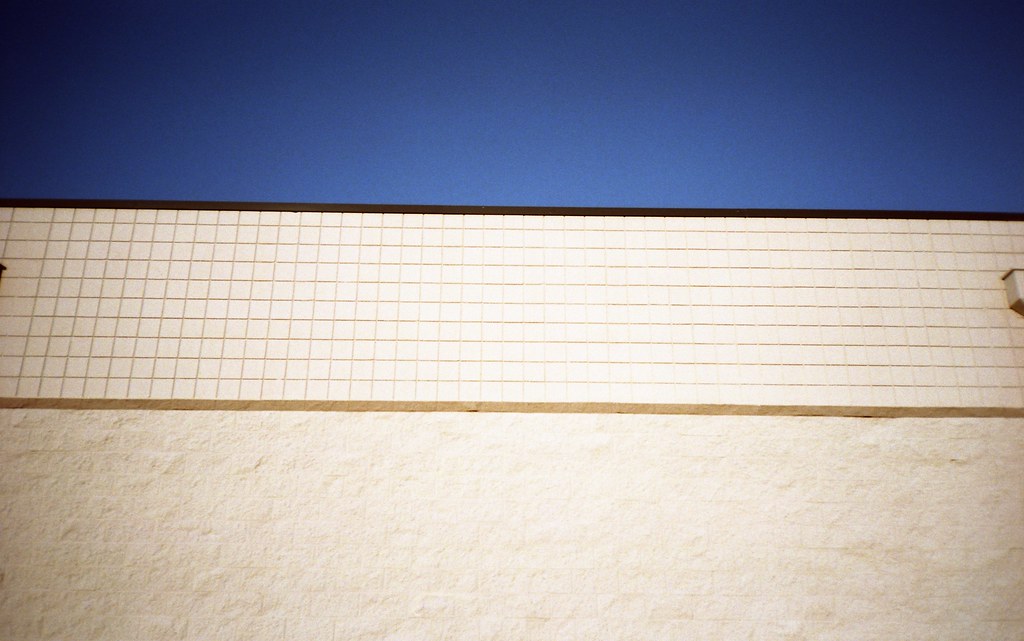
I prefer the LC-A+ picture here. It seems like the XA had a bit of trouble exposing the very middle of the picture.
LOMO LC-A+, Colorsplash Flash, Film: Fuji Superia X-TRA 400

Olympus XA, Aperture 5.6, A11 Flash, Film: Fuji Superia X-TRA 400

I did some flash pictures. I used the Lomography Colorsplash Flash with the LC-A+. I used the A11 flash with the XA. I had the XA set to ƒ/5.6 for all but the bokeh test shot. This is a Christmas tree (obviously) with the lights turned on. The LC-A+ uses second curtain synchronization, so I was expecting it to pick up more ambient light and more of the Christmas lights. The XA uses X-synchronization. As usual, the XA provides a clearer and better exposed picture. The colors are more accurate, but it pics up less ambient light. The shutters are nearly blown out in the LC-A+ picture and the center is overexposed. The LC-A+ picture picked up more ambient light and the flash reaches farther.
LOMO LC-A+, Colorsplash Flash, Film: Fuji Superia X-TRA 400

Olympus XA, Aperture 5.6, A11 Flash, Film: Fuji Superia X-TRA 400

I shot this picture at about .8 meters away. The LC-A+ shot is overexposed. I would have to use a diffuser on the Colorsplash flash.
LOMO LC-A+, Colorsplash Flash, Film: Fuji Superia X-TRA 400
Olympus XA, Aperture 5.6, A11 Flash, Film: Fuji Superia X-TRA 400
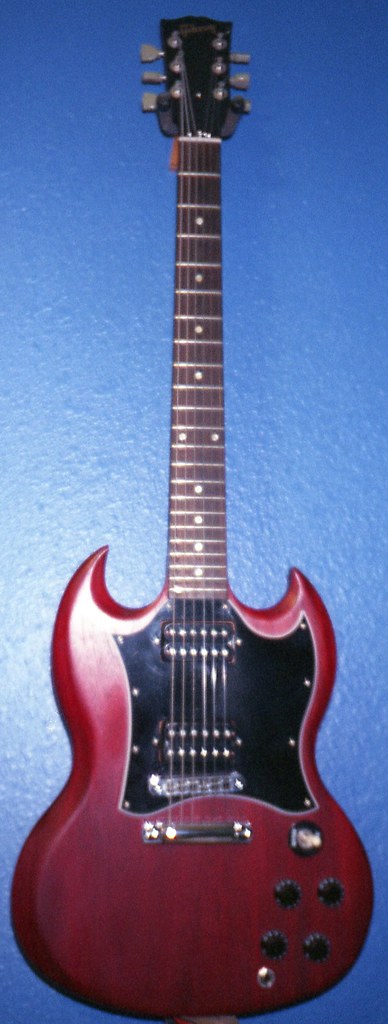
The XA got the colors right on here. The LC-A+ picked up so much ambient light from the fluorescent lights that it drastically changed the color of the wall.
LOMO LC-A+, Film: Fuji Superia X-TRA 400

Olympus XA, Aperture 2.8, A11 Flash, Film: Fuji Superia X-TRA 400

I turned off the flash on both of the cameras, set them to the closest focus and put them on a tripod. I set the Olympus to ƒ/2.8. I was relying on the LOMO’s auto-exposure system to choose a large aperture, hopefully ƒ2.8. Then, I took a picture of a Christmas tree about five meters away. I couldn’t test the stopped down LC-A+ bokeh because I can’t control the aperture on the LC-A+. I could if I had an LC-A+, but I don’t so… Stopped down bokeh is more important because that’s where the shape of the blur circles is affected the most by the shape of the shutter blades. The LC-A+ blur circles are more uniformly round as you get close to the edge of the picture. The XA blur circles start to deform oddly because of the shape of the shutter. The LC-A+ blur circles are more evenly bright. The XA blur circles have a bright spot in the middle and bright “hard” edges. People tend to prefer bokeh without hard edges unless they are going for that effect specifically.
Long exposure.
LOMO LC-A+, Film: Fuji Superia X-TRA 400, Exposure: 4 Minutes
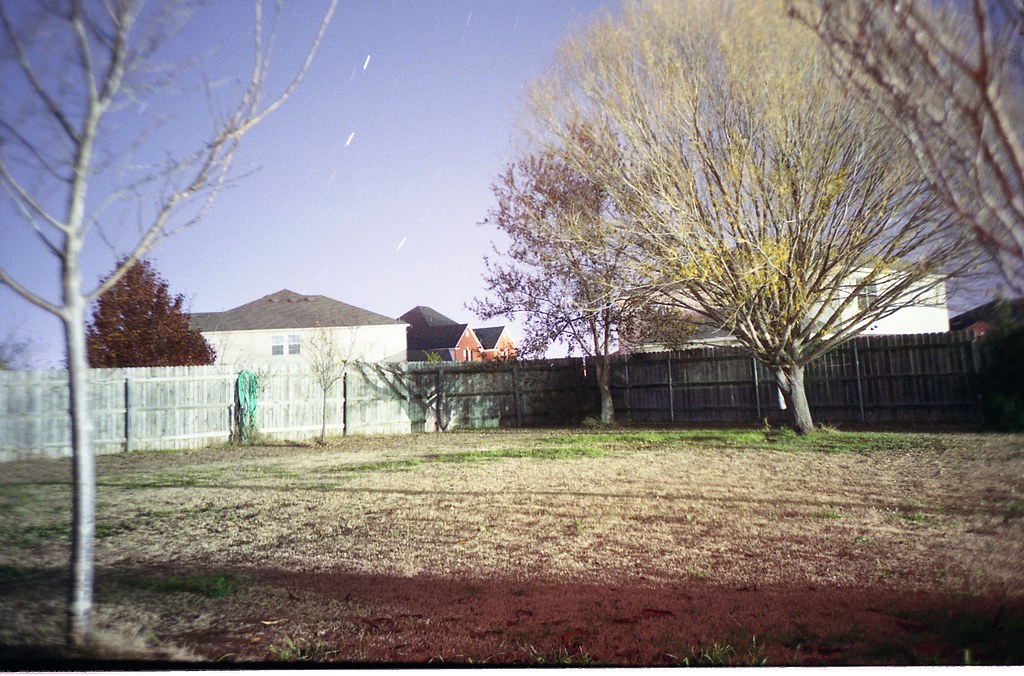
This is a four minute exposure. Those are start trails in the sky. I tried to do a very long exposure with both cameras. The XA is supposed to have a shutter with a maximum time of 10 seconds, but I couldn’t get it to stay open for more than two seconds. Either way, this was a four minute exposure on the LC-A+ and it will go until the sensor has soaked up enough light or the batteries run out.
Some people refer to the XA as a substitute for an LC-A+. It’s definitely a better camera in many ways and it does vignette, but the LC-A+ seems to have a distinctive look. The LC-A+ seems to do a pretty good job in most cases although it uses less sophisticated technology. I didn’t get to compare some of the unique features of the cameras that they don’t have in common. For instance, one distinctive look of the LC-A+ is the streaks caused by the rear-curtain synchronization of the flash. The XA doesn’t have that. The LC-A+ can also do extremely long exposures which the XA can’t. The LC-A+ can support higher speed film and any standard hot shoe flash. You can select the aperture on the XA to control the depth of field. You can’t do that with the LC-A+, so I couldn’t really test that.
So, what do you think? Do you prefer one to the other? Do they compliment each other? Is the XA a good LC-A+ replacement for someone who’s really looking for a “LOMO” style camera?
written by gvelasco on 2010-10-16 #gear #review #contrast #olympus-xa #olympus #lomo #lomography #xa #vs #comparison #lomo-lc-a #lc-a
















36 Comments